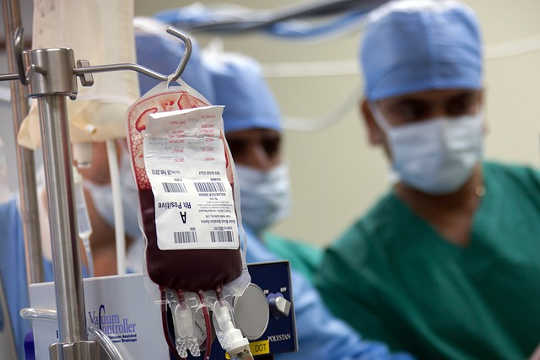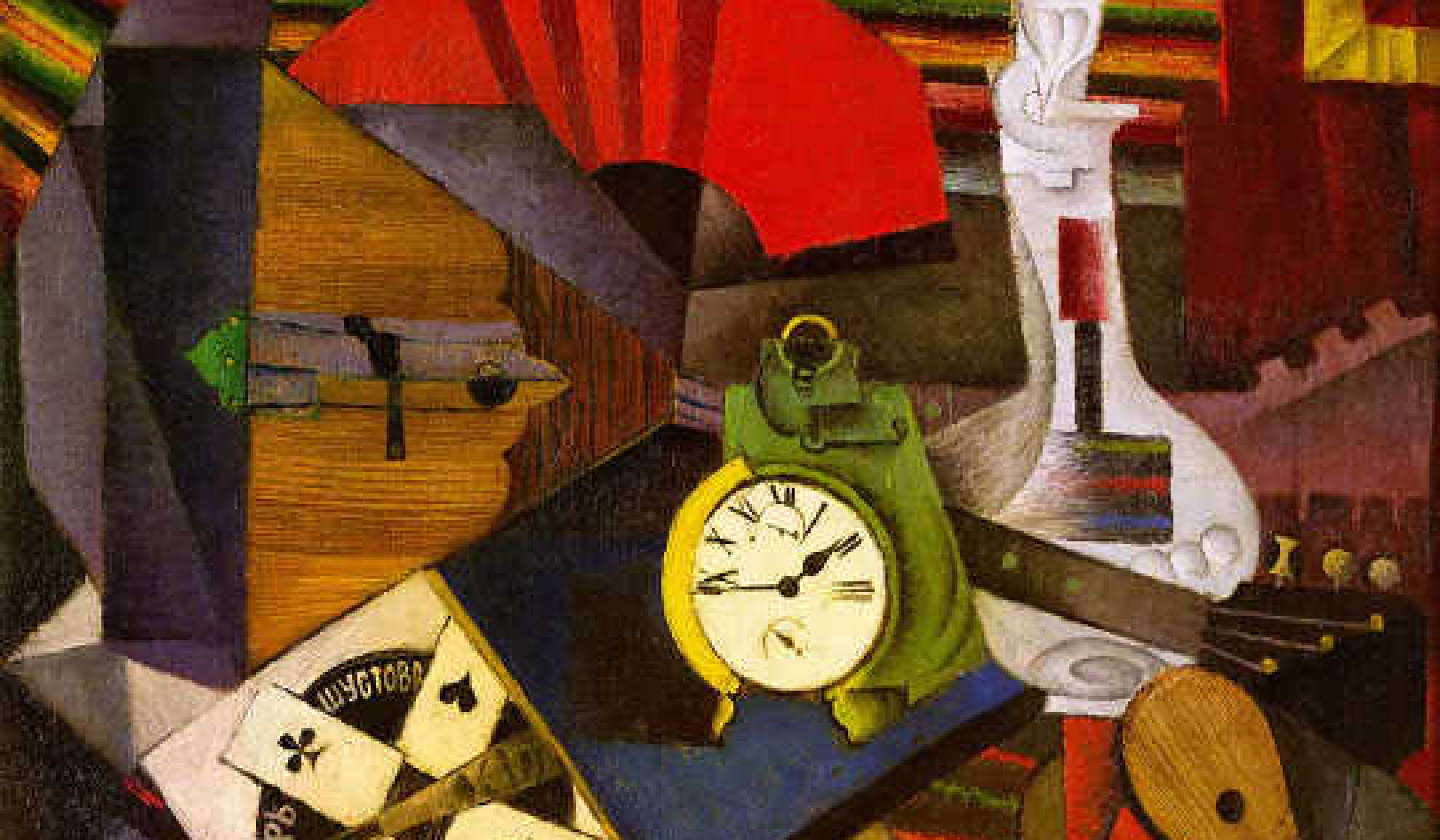
Research shows some families pressure doctors to attempt heroic interventions on elderly relatives. Image by Ahmad Ardity
Many doctors are continuing to provide end-of-life patients with needless treatments that only worsen the quality of their last days, new research shows.
Our review published in the International Journal for Quality in Health Care found that on average, one-third of patients near the end of their life received non-beneficial treatments in hospitals around the world.
Non-beneficial treatments are those unlikely to ensure survival beyond a few days that can also impair the quality of remaining life. They include putting a patient on a ventilator to help their breathing, tube-feeding, emergency surgical procedures, CPR on patients with not-for-resuscitation orders and blood transfusions or dialysis in the last few days of life.
Initiating chemotherapy or continuing radiotherapy in the last few weeks of life for patients with advanced irreversible disease was also common. Chemotherapy was initiated in 33% of cases and radiotherapy continuation in 7%.
We reviewed 38 studies conducted over the past two decades, covering 1.2 million patients, bereaved relatives, doctors and nurses in ten countries. We also found evidence of unnecessary imaging such as X-rays (25-37%) and blood tests (49%).
Many patients were treated for a number of other underlying conditions with oral or intravenous medicines that made little or no difference to their survival and were inconvenient and in some cases, harmful.
Non-beneficial treatments
Advances in medical technology have fuelled unrealistic expectations of the healing power of doctors and the tools at their disposal. This is particularly the case in the treatment of the elderly.
Research shows some families pressure doctors to attempt heroic interventions on elderly relatives. This is often because families don’t know their loved one’s wishes as the patient’s prognosis or limitations of treatment haven’t been discussed with them by the doctor.
Doctors struggle with the ethical ambivalence of delivering what they were trained to do – save lives – and the patient’s right to die with dignity.
According to clinicians, family requests to continue treating their elderly relative at the end of their life – due to poor acceptance of prognosis, cultural beliefs and disagreement with medical decisions – are the main reason for provision of non-beneficial treatment.
But doctors have also argued they deliver non-beneficial care because they fear being mistaken on their estimation of patients’ time to death.
Calculating prognosis
Several tools can be used to enhance the delivery of a patient’s prognosis. They incorporate their history of chronic disease, level of frailty, nursing-home residence, number of admissions to hospital or intensive care in the past year, and some abnormal vital signs and laboratory tests.
Some of these tools are too complex to administer or not sufficiently accurate to dispel doctors’ fears of making a mistake. While uncertainty is an inherent feature when trying to predict death, clinicians can be trained to use these tools as a trigger to initiate an honest end-of-life discussion.
The exact percentage chance of survival or number of months or days to death may not be as important as the full understanding of the concept of an impending death.
Studies show many elderly patients are open to frank discussions and accept their prognosis as part of the life cycle. Patients and families, if they ask, are entitled to the truth about the approximate time they have remaining, even when it contains an element of uncertainty, which, of course, also needs to be explained.
Non-beneficial treatments are not a subjective concept. A large variety of quantifiable indicators are available in hospital databases and can be used to monitor the extent to which these treatments are used, and their trends over time.
With the exception of compassionate short-term admissions of patients to an intensive care unit – which is used to confirm that an illness is resistant to last-resort treatment or to allow families to come to terms with the inevitable – the prevalence of non-beneficial treatment can and should be reduced.
Holding a timely and honest conversation, with an opportunity for questions, empowers patients and families to put a stop to non-beneficial treatments when medicine cannot offer anything further. This does not mean clinicians or families are abandoning their patient.
About the Authors
Magnolia Cardona, Doctor, UNSW and Kenneth Hillman, Professor of Intensive Care, UNSW
This article was co-authored by Matthew Anstey, Intensive Care specialist at Charles Gairdner Hospital in Perth; and Imogen Mitchell, Intensive Care specialist at Canberra Hospital.![]()
This article is republished from The Conversation under a Creative Commons license. Read the original article.
books_death
























